This post may contain affiliate links, which helps support this blog and my obsessive chocolate habits.
If you rarely use food coloring or have an “everything in moderation” kitchen philosophy, you’re probably completely happy saving time (and stress) by using store-bought food coloring. If someone in your home has an allergy to dyes in food, or you simply want to avoid it, then these 10 methods for how to make green food coloring have your name written all over them.

Please be aware that when you make your own food coloring, you will not achieve the same brilliant green you get from store-bought dyes. Even most of the natural dyes on the market will not result in a brilliant green.
Because you are using natural products which are not uniform (naturally), your results will vary dramatically each time from “not bad” to “not happening.” To improve your chances of success, check out the tips at the bottom before you proceed.
How to Make Green Food Coloring
 Mash, process, or otherwise obliterate half an avocado. (Yes, please peel it first.) This will lightly color a cup or two of frosting or a similar white substance. Avocado has an understated flavor, so it won’t dominate the dish. Think of it as a culinary wallflower.
Mash, process, or otherwise obliterate half an avocado. (Yes, please peel it first.) This will lightly color a cup or two of frosting or a similar white substance. Avocado has an understated flavor, so it won’t dominate the dish. Think of it as a culinary wallflower.
 Puree 1/2 cup of fresh or frozen spinach. Boil it in 4 cups of water and then simmer for several hours. When it is concentrated, strain out the spinach—it’s the liquid you want. Add the concentrate to your recipe. Avocado will work as well.
Puree 1/2 cup of fresh or frozen spinach. Boil it in 4 cups of water and then simmer for several hours. When it is concentrated, strain out the spinach—it’s the liquid you want. Add the concentrate to your recipe. Avocado will work as well.
 Repeat the process above, but do not strain out the original food. Instead, press it through a sieve or otherwise grind the final result to get it as smooth as possible.
Repeat the process above, but do not strain out the original food. Instead, press it through a sieve or otherwise grind the final result to get it as smooth as possible.
 Soak pistachios in water. (Don’t use dyed pistachios, but rather those that have opened and greened naturally.) Grind them to make a faintly tinted paste you can add to desserts. Sounds like the makings of pistachio ice cream to me!
Soak pistachios in water. (Don’t use dyed pistachios, but rather those that have opened and greened naturally.) Grind them to make a faintly tinted paste you can add to desserts. Sounds like the makings of pistachio ice cream to me!
 Sprinkle chlorella, spirulina, or a more suitably flavored green product into the recipe. Might I recommend parsley, especially stale, finely ground parsley?
Sprinkle chlorella, spirulina, or a more suitably flavored green product into the recipe. Might I recommend parsley, especially stale, finely ground parsley?
 Boil the skins from several red onions in a cup or two of water. Simmer until the water is the color you want. Some people get brown instead of green. Why doesn’t this make red? Good question. You should have your children research that.
Boil the skins from several red onions in a cup or two of water. Simmer until the water is the color you want. Some people get brown instead of green. Why doesn’t this make red? Good question. You should have your children research that.
 Boil any green food substance in a cup or so of water for 20-30 minutes. Strain it and use the green water in place of the liquid in your recipe. For example, boil broccoli and make rice using the green liquid instead of water or stock.
Boil any green food substance in a cup or so of water for 20-30 minutes. Strain it and use the green water in place of the liquid in your recipe. For example, boil broccoli and make rice using the green liquid instead of water or stock.
 Make the green liquid as just described. Soak or simmer potato slices or another white absorbent food in the liquid until it is tinted green. (This hasn’t worked for me, but others have had success with it. Salting may encourage a better transfer process.)
Make the green liquid as just described. Soak or simmer potato slices or another white absorbent food in the liquid until it is tinted green. (This hasn’t worked for me, but others have had success with it. Salting may encourage a better transfer process.)
 If your recipe calls for milk, simmer spinach, avocado, parsley, whatever, in milk until it turns green. Don’t get distracted! Milk burns easily and must be stirred and kept over a low heat.
If your recipe calls for milk, simmer spinach, avocado, parsley, whatever, in milk until it turns green. Don’t get distracted! Milk burns easily and must be stirred and kept over a low heat.
 Remember kindergarten? Neither do I. But I do remember that yellow and blue make green. Make blue food coloring by boiling red cabbage. Add a 1/4 to 1/2 teaspoon baking soda to turn it from violet to blue. Then add yellow in the form of stale turmeric or saffron…or yellow cake.
Remember kindergarten? Neither do I. But I do remember that yellow and blue make green. Make blue food coloring by boiling red cabbage. Add a 1/4 to 1/2 teaspoon baking soda to turn it from violet to blue. Then add yellow in the form of stale turmeric or saffron…or yellow cake.
Tips:
These techniques for how to make green food coloring will produce mild food colorings that will tint your light-colored foods green…some even pastel green or army green. Don’t expect the same results as you find in commercial products. Also, don’t be surprised to see this work on lightly colored foods, such as white potatoes or white flour, but only “muddy up” darker foods, such as sweet potatoes or brown flour.
To make the food coloring liquid more brilliant, add 1/2 teaspoon or so of baking soda. This will affect the flavor, so experiment wisely.
Add lemon juice to anything that might brown, such as the avocado, and serve as soon as possible after preparing.
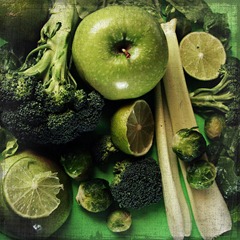
Many of these recipes will flavor the final outcome. Since you don’t want your sweets tasting like, say, broccoli or spinach, opt for avocado in icing and other sweets. Look for foods that complement each other nicely, such as potatoes with parsley, broccoli, or spinach.
Because you will need a larger amount of natural coloring than conventional dyes, the liquid coloring will affect the texture of the dish. Use less of other liquids until you have achieved the color that you want, at which point, you may wish to add more liquid if necessary.
Finally, to avoid the food coloring issue entirely, give the illusion of green foods by setting a green table—use green flowers, napkins, centerpieces, décor, and naturally green foods (like peas, kiwis, green grapes, lime slices, or M&Ms.) Sprinkle green herbs over savory foods, or cook greenies right into them, like in these Shamrock eggs. (You’re still writhing over that comment about M&Ms being natural, aren’t you? Let a girl dream.)
What do I use, you ask?
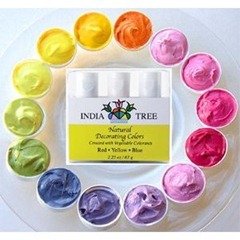 Well…to tell you the truth…we use green food coloring once a year (Christmas), and we use the bright, festive, bad-for-you stuff from the store. (You are welcome to comment on how bad our annual splurge is, which I already know, because then I get to share my story about the horribly debilitating effects stressing over healthy eating has had on my health and family. It’s a twisted, ironic, edge-of-your-seat tale the whole family will love.)
Well…to tell you the truth…we use green food coloring once a year (Christmas), and we use the bright, festive, bad-for-you stuff from the store. (You are welcome to comment on how bad our annual splurge is, which I already know, because then I get to share my story about the horribly debilitating effects stressing over healthy eating has had on my health and family. It’s a twisted, ironic, edge-of-your-seat tale the whole family will love.)
But I’m thinking about buying this beauty: India Tree’s natural decorating colors.
Please share your tips for how to make green food coloring below!
If you’re looking for some fun Saint Patrick’s Day recipes, crafts, activities, and more, check out my Simple St. Patrick’s Day board on Pinterest. Simple, green, even a little educational.
Click to visit my Simple St. Patrick’s Day board on Pinterest.


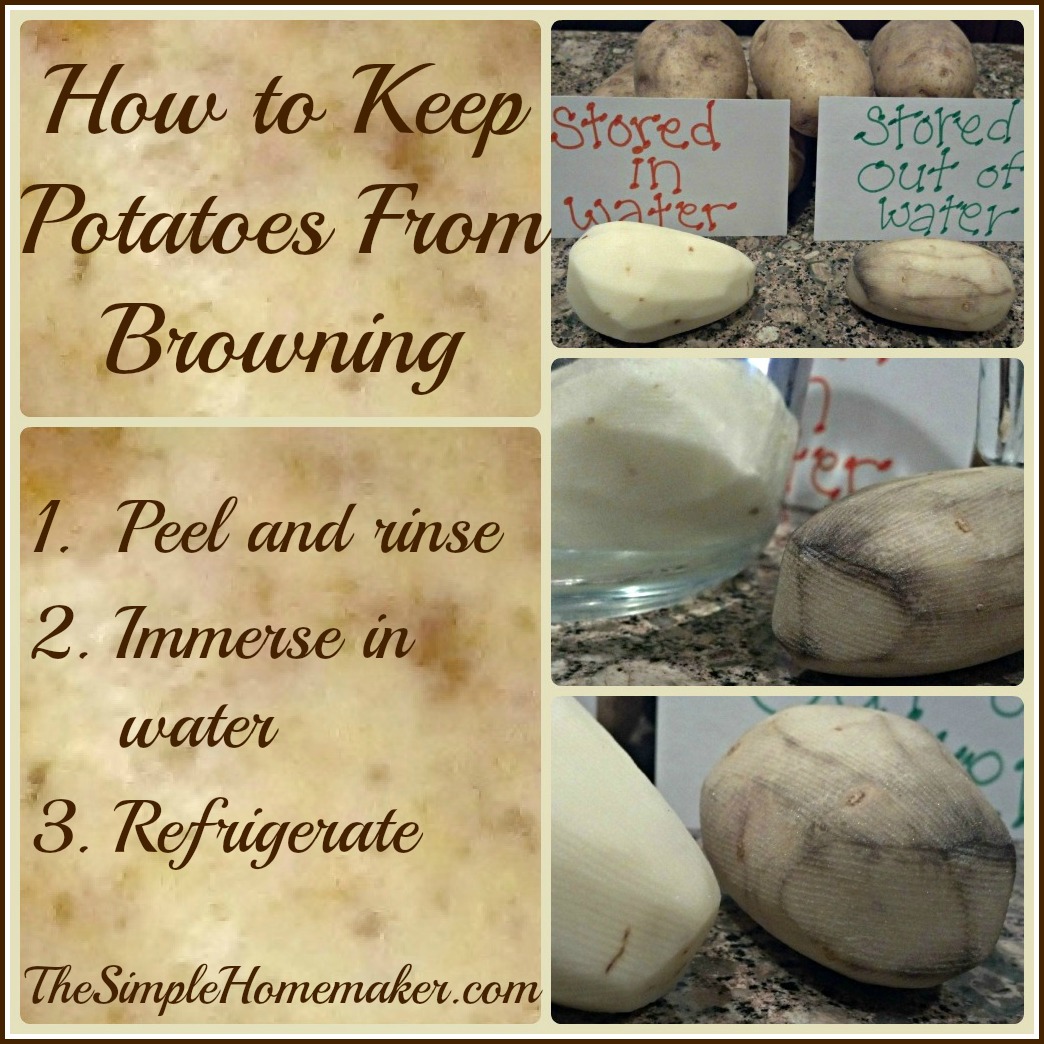
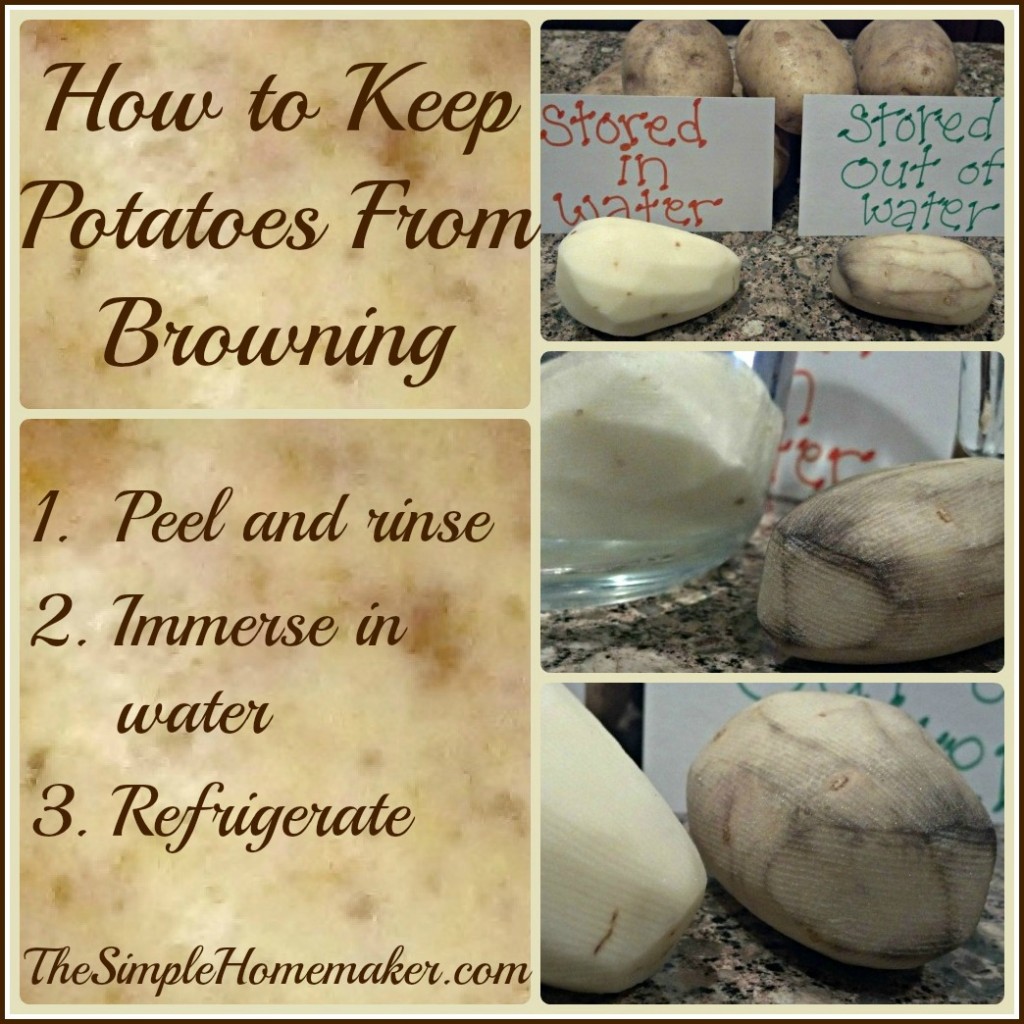

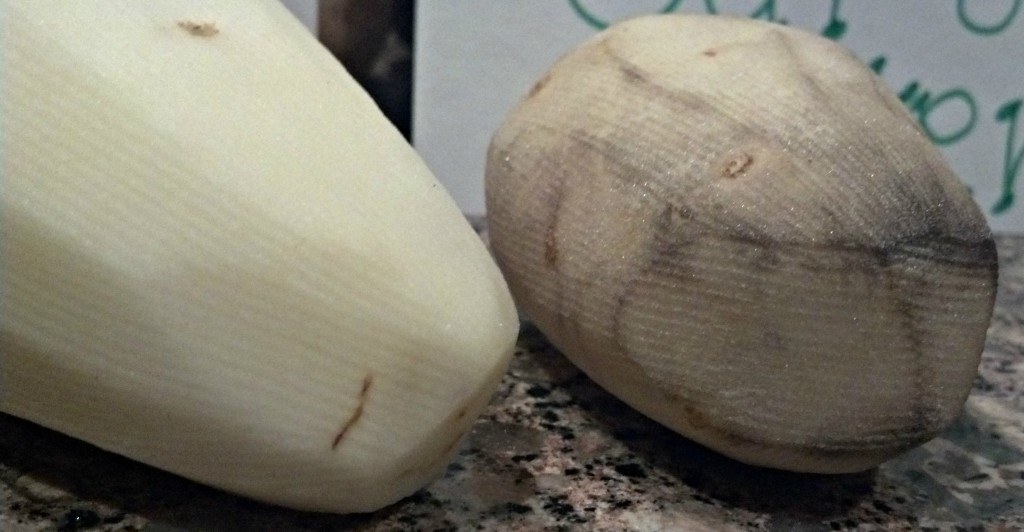
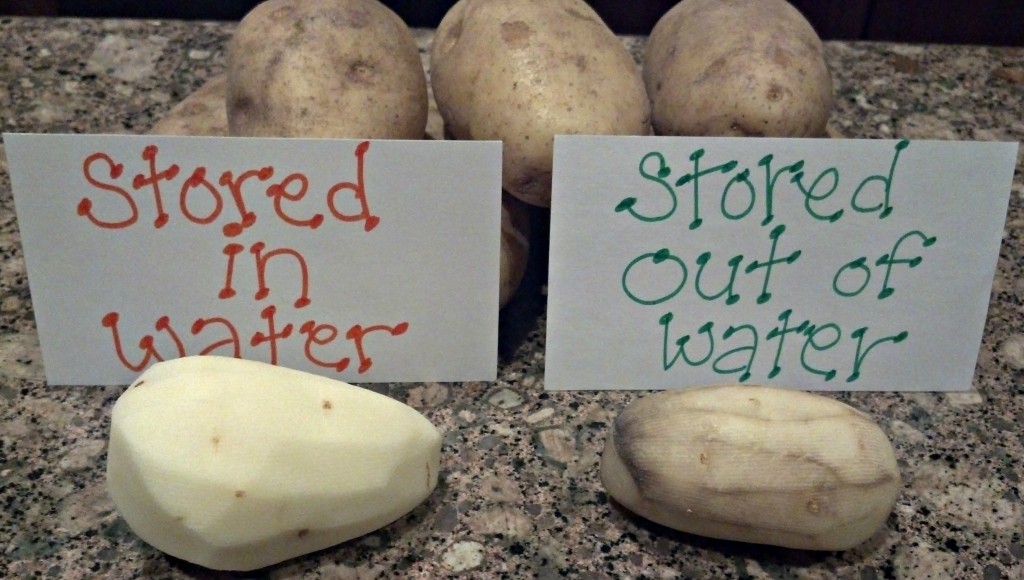


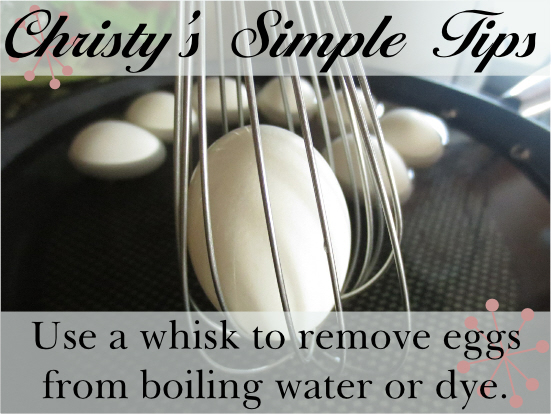








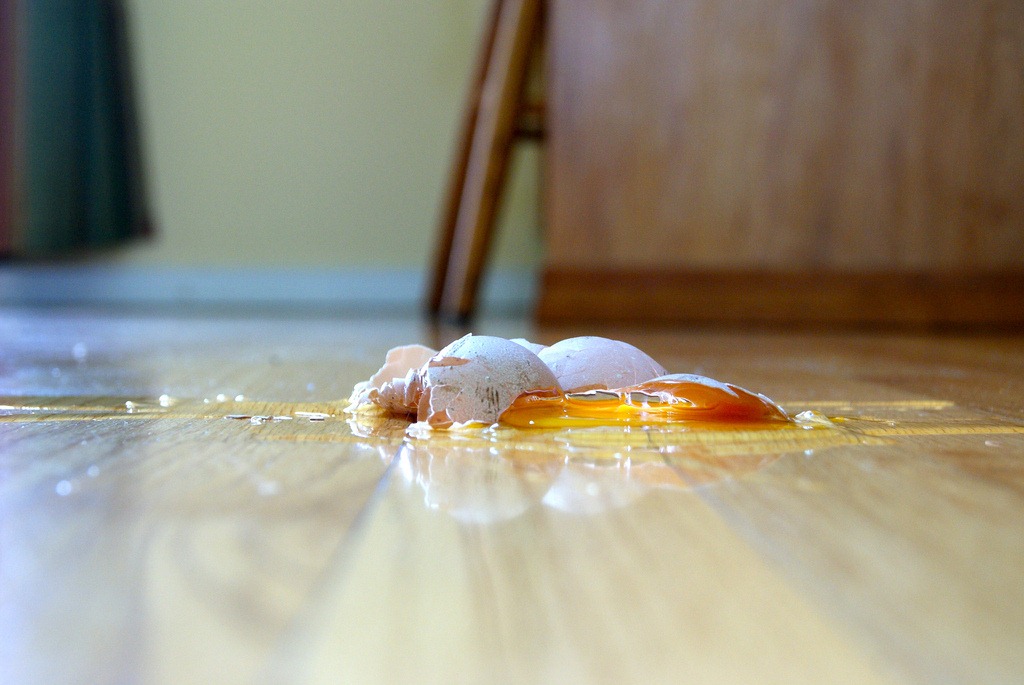
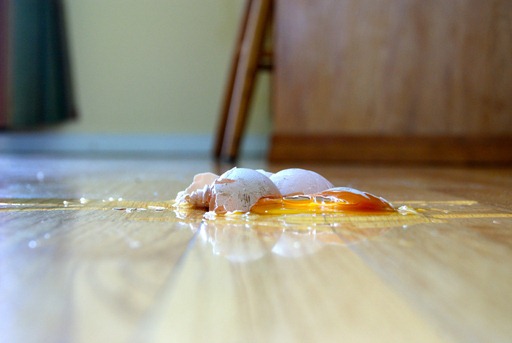
 Eat only at the table. This especially holds true if you have children or a hole in your lip (the most common excuse grown-ups use for spills). In good weather, shoo everyone outside to eat and call it a picnic.
Eat only at the table. This especially holds true if you have children or a hole in your lip (the most common excuse grown-ups use for spills). In good weather, shoo everyone outside to eat and call it a picnic. Don’t wear shoes in the house. This at first appears to fly in the face of some theories such as the
Don’t wear shoes in the house. This at first appears to fly in the face of some theories such as the 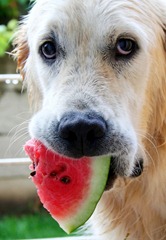
 Brush your pets daily…outside. It will significantly reduce the amount of pet hair on your floors…and in your food.
Brush your pets daily…outside. It will significantly reduce the amount of pet hair on your floors…and in your food. Feed your pets on a mat or outside. They might plead with those big brown puppy eyes to eat elsewhere, but resist. Resist!
Feed your pets on a mat or outside. They might plead with those big brown puppy eyes to eat elsewhere, but resist. Resist!
 Place mats on the floor near sinks and toilets. Better the spills and leaks go into a washable mat than onto the floor where they will get stepped in and tracked all over your carpet by a small child looking for Mama to announce “I missed.”
Place mats on the floor near sinks and toilets. Better the spills and leaks go into a washable mat than onto the floor where they will get stepped in and tracked all over your carpet by a small child looking for Mama to announce “I missed.” Cut back on floor clutter. The less you have on the floor, the easier it is to do quick maintenance cleans and prevent little messes from becoming ground in floor disasters.
Cut back on floor clutter. The less you have on the floor, the easier it is to do quick maintenance cleans and prevent little messes from becoming ground in floor disasters. Place floor mats inside each door and welcome mats outside of each door. This will trap a lot of dirt and debris. If you place a funky
Place floor mats inside each door and welcome mats outside of each door. This will trap a lot of dirt and debris. If you place a funky  Clean up spills immediately. It’s easier to wipe up the PBJ splatters right away than to scrub them out of your carpet and off your couch after someone steps in it…and someone will step in it.
Clean up spills immediately. It’s easier to wipe up the PBJ splatters right away than to scrub them out of your carpet and off your couch after someone steps in it…and someone will step in it.
 Keep strollers and other outside “vehicles” outside. No parking the mini van in the family room. If tricycles and wagons must come in (and at our house, they must), run them over the welcome mat a few times, or pop shower caps on the wheels.
Keep strollers and other outside “vehicles” outside. No parking the mini van in the family room. If tricycles and wagons must come in (and at our house, they must), run them over the welcome mat a few times, or pop shower caps on the wheels.